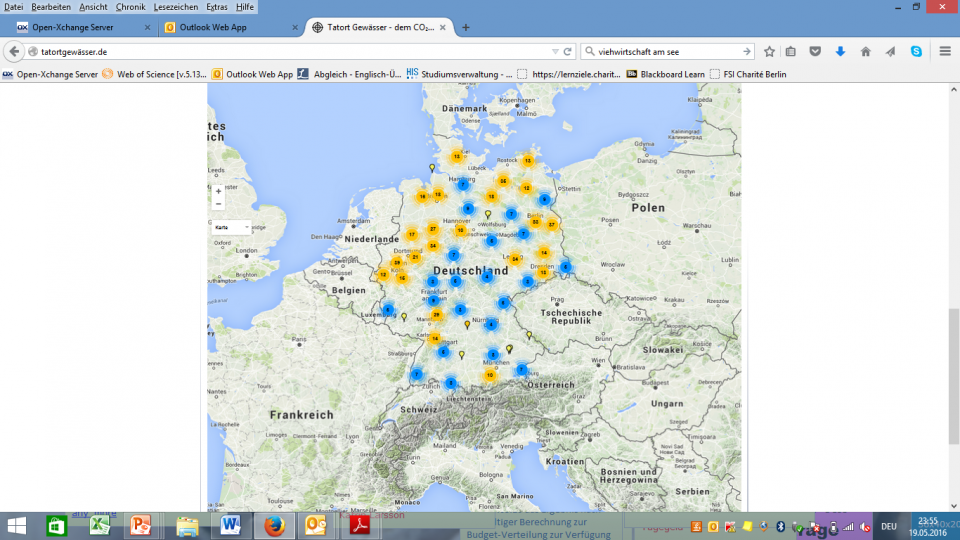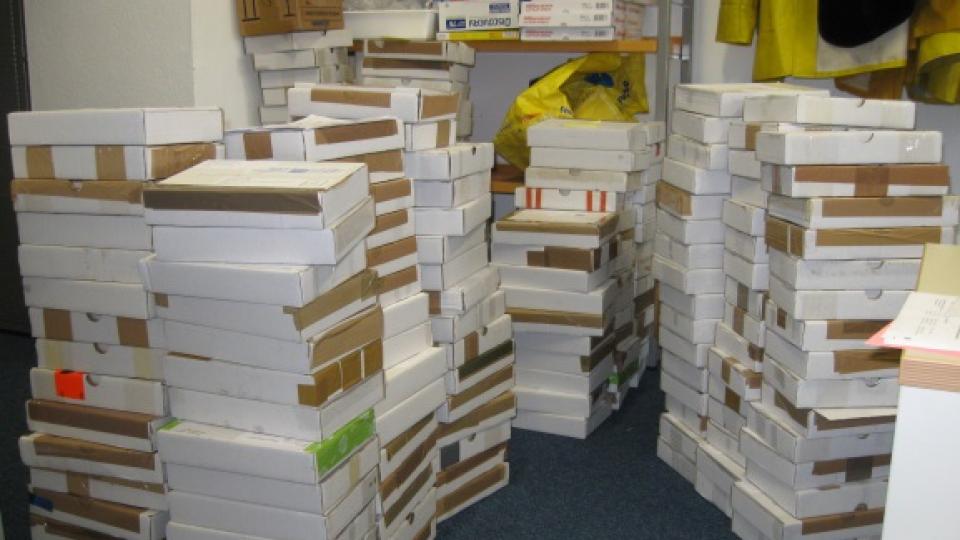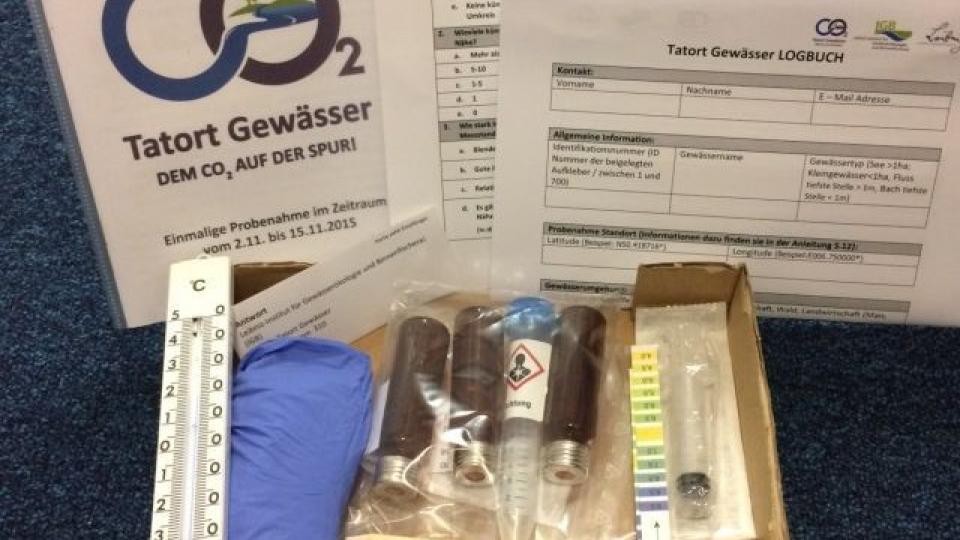Breathing Inland waters: Germany in the spotlight
Short profile
Duration
Inland waters are hot spots for carbon dynamics and play a significant role in regional as well as global carbon cycles. German inland waters cover 2.4% of total land mass and have the potential to act either as a carbon source or sink. Understanding the main factors controlling lake heterotrophy and relating these to the aquatic microbial community structure is essential for predicting carbon cycle responses to ongoing environmental change and anthropogenic stress. One factor that is growing in importance is the artificial lightning of ecosystems at night. Half of the human population lives within 3 km distance to a surface inland water. Because artificial lighting is tightly associated with human settlements, freshwater systems are particularly susceptible to changing light regimes. Within the citizen science project “Tatort Gewässer” (http://tatortgewässer.de/) we conducted a simultaneous sampling campaign of Germany’s inland waters. As such we asked citizen scientists to take samples for measuring CO2-concentrations and microbial diversity and to evaluate the artificial light conditions at a water body close-by. The simultaneous sampling campaign took place during the first two weeks of November 2015. We set up an online platform with an interactive inland water map where interested citizens could easily register their freshwater system of choice. In order to ensure standardized sampling procedure and a high quality of data we developed the “Tatort Gewässer” sampling Kit including sampling equipment and a detailed manual as well as an online video tutorial. In total, we sent 742 sampling kits to registered citizens and received 86% packets back. The citizen scientists, comprising e.g. nature conservation organizations, schools, kindergartens, diving associations, fishermen, national parks, nature conservation authorities and provincial offices, sampled 161 streams, 105 rivers, 96 ponds and 276 lakes. This spatial distribution of sampled inland waters within a certain time frame could only be done by the help of citizen. Therefore, we assume citizen science to be a powerful tool to gain a better knowledge about the processes in spatial widely distributed numerous German inland waters.




IGB Berlin





